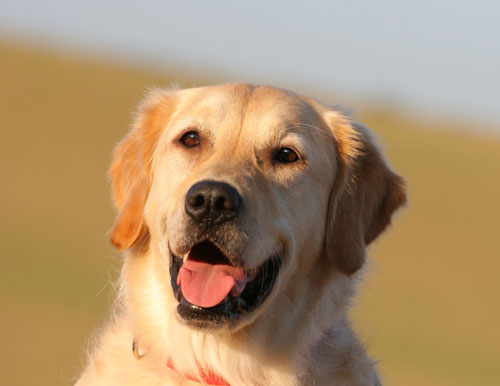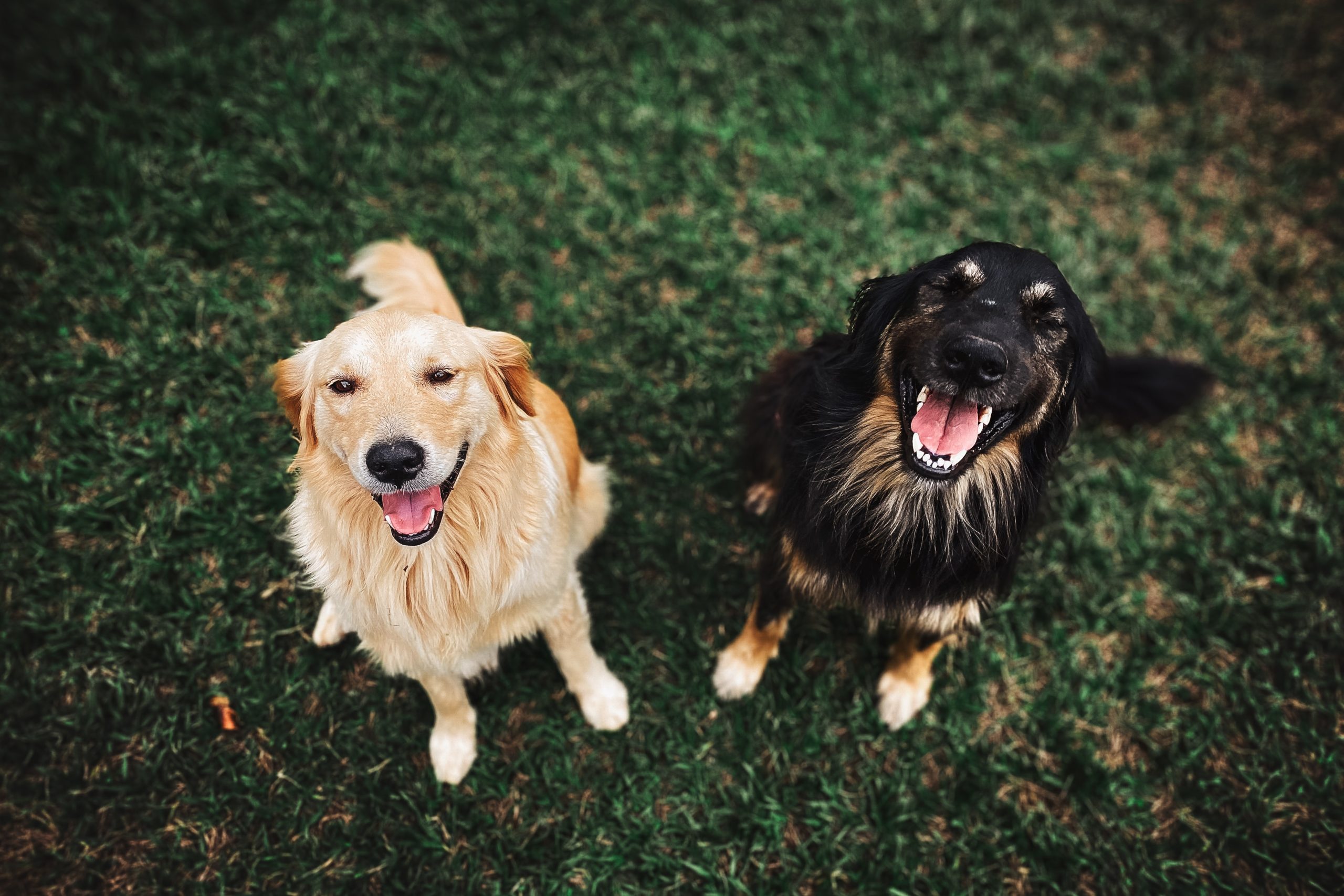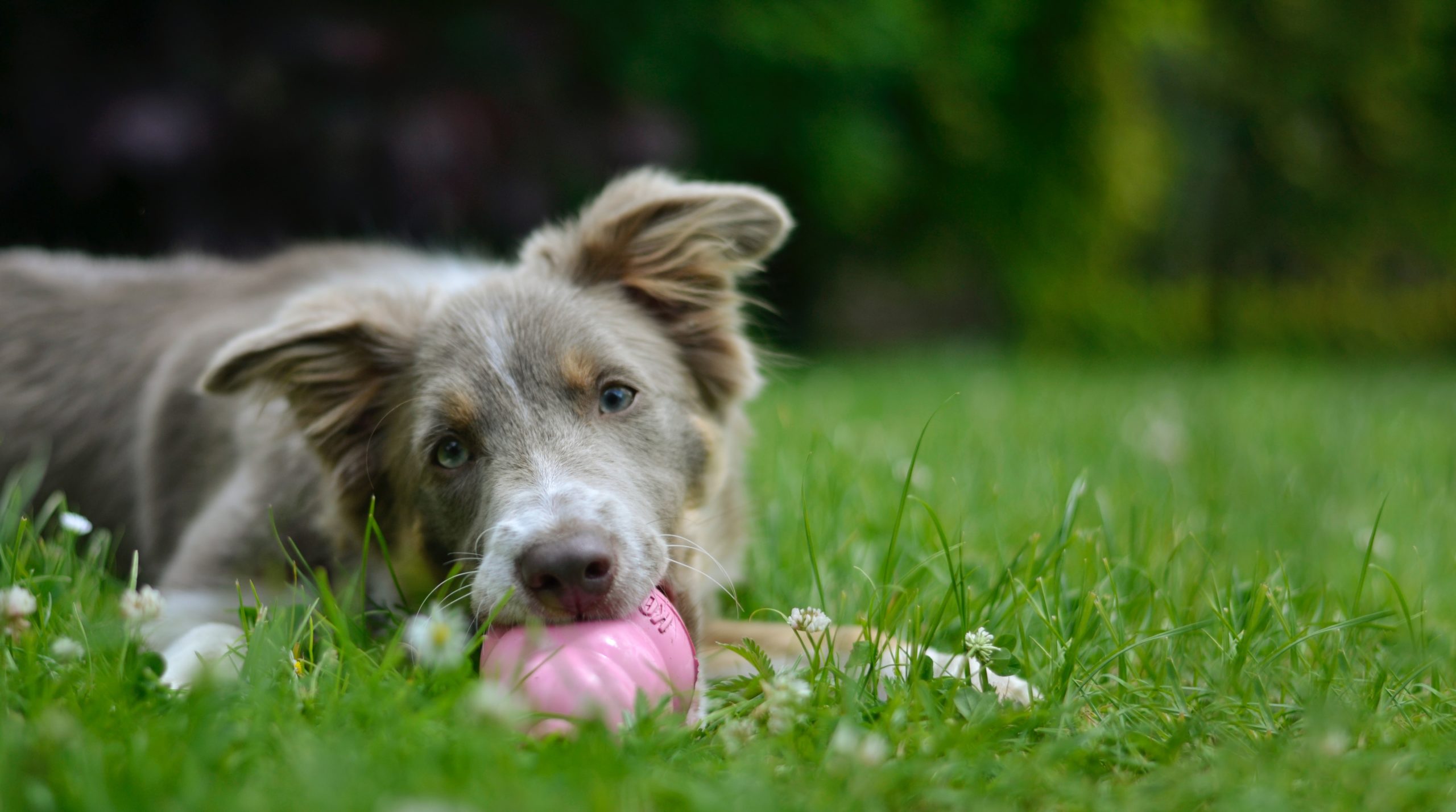Unless you want to breed from your dog, it is recommended to have him or her desexed. Desexed animals generally live longer and healthier lives. Also, there is no need to find homes for unwanted or unexpected litters of puppies.
What are the advantages of desexing dogs?
Desexed animals:
- Have a reduced risk of getting cancer or other diseases of the reproductive organs.
- Are less likely to suffer from anti-social behaviors. They become more affectionate and become better companions.
- Are less prone to wander, fight, and are less likely to get lost or injured.
- Are less likely to display territorial behaviour such as spraying indoors..
In addition, there is no need to find homes for unwanted or unexpected litters of puppies. Rearing puppies is also an expensive and time-consuming pastime, not to mention the cost of a caesarian section if required.
Are desexed dogs healthier?
Yes!
Female dogs:
Your desexed female will not have the strain of continual litters depleting her body of essential nutrients. She is also much less likely to develop mammary carcinomas (breast cancer) as she ages. Desexing also eliminates the occurrence of ‘false pregnancies’ – a common problem in female dogs – and she will not develop potential life-threatening but all-too-common infections of the reproductive tract (pyometra).
Male dogs:
When you castrate your male dog, he will lead a healthier and much more content life. Health wise, he will be less likely to develop problems with his prostate gland, and the chance of the development of tumours in the testes will be eliminated.
The biggest behavioural effect of castration is the reduction in roaming. Roaming behaviour is reduced in 90 percent of male dogs after castration. It also greatly reduces aggression of one male dog towards another male and reduces ‘leg lifting’ (urine marking) behaviour. It will also reduce undesirable sexual behaviours such, as mounting and masturbation.
Are there any disadvantages of desexing?
No! Your dog’s personality, intelligence, or activity will not be affected by spaying.
It is a myth that female dogs should be allowed one litter of puppies before she is desexed. It will not make her more content. Neither is there any advantage in allowing her to have a season nor to come in heat before being desexed. In fact, it increases the risk of mammary cancer to postpone desexing after her first season.
For your male dog, there is absolutely no advantage in allowing him to service a bitch before he is neutered. Desexing reduces inter-male aggression but has little effect if the aggression is fear-based. If your dog is aggressive in any manner, neutering it is always a good idea. Even if it doesn’t help with the aggression, at least he will not pass his or her aggressive genes to any pups he or she may produce.
Some dogs put on weight after the operation. Feeding the correct amount of an appropriate diet, and exercise, will ensure your dog does not become overweight.
When should my dog be desexed and what does the operation involve?
Dogs are most commonly spayed at around 5 – 6 months of age, before the onset of their first season. At this age the surgery time is shorter, the surgical risk lower, the anaesthetic recovery faster. For female dogs, there is minimal risk that she could be pregnant.
Your dog will require a 12 hour fast before being admitted to hospital. A pre-anaesthetic blood test may be recommended to assess liver and kidney function, as well as checking red and white blood cells, and blood sugar. Pre-anaesthetic blood tests help reduce anaesthetic risk.
The surgery involves a full general anaesthetic and your vet will use a sterile surgical technique in way a doctor performs major surgery on a human. A spey operation for female dogs involves an incision into the abdomen to remove both ovaries and the uterus. For male dogs, castration involves removing both testicles but leaves the scrotum intact.
In most cases your dog will stay overnight in hospital, depending on his/her post-operative recovery. Once home, you will need to keep your dog quiet and warm until he/she has recovered from the anaesthesia, which usually takes 1 to 2 days. Keep exercise to a minimum until the stitches are removed, which is in around 10 days. Some vets may use dissolving sutures or ones under the skin which don’t need to be removed.
If there is any licking or chewing at the stitches, your dog will need an Elizabethan collar to prevent reaching the surgical site. Inspect the area daily to check for excessive swelling, redness or discharge, and consult your veterinarian if your dog seems unwell or doesn’t eat.




